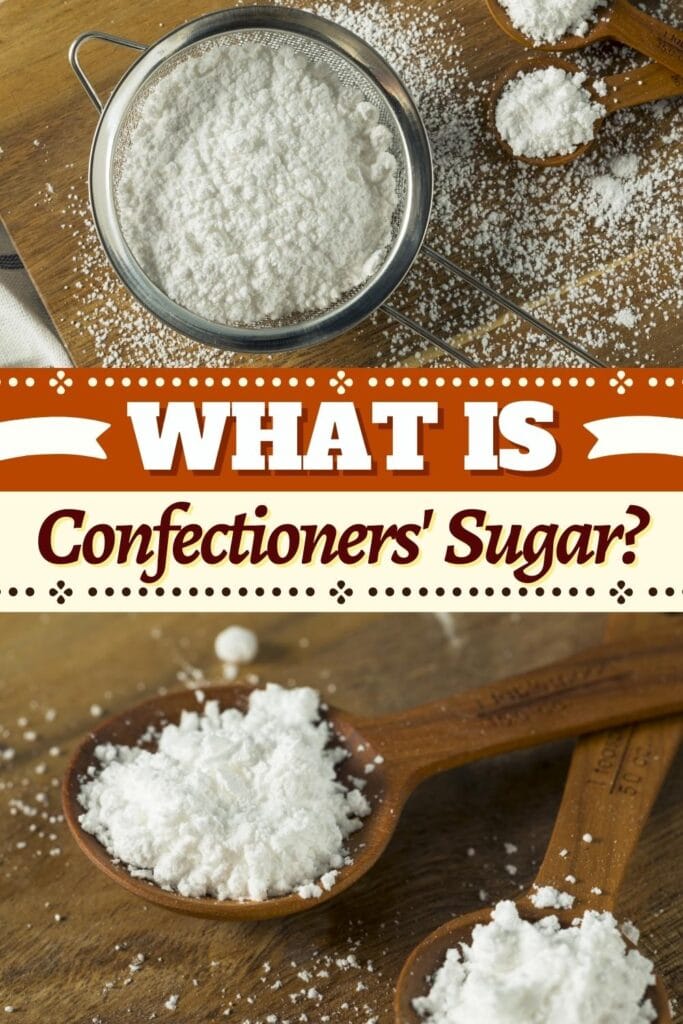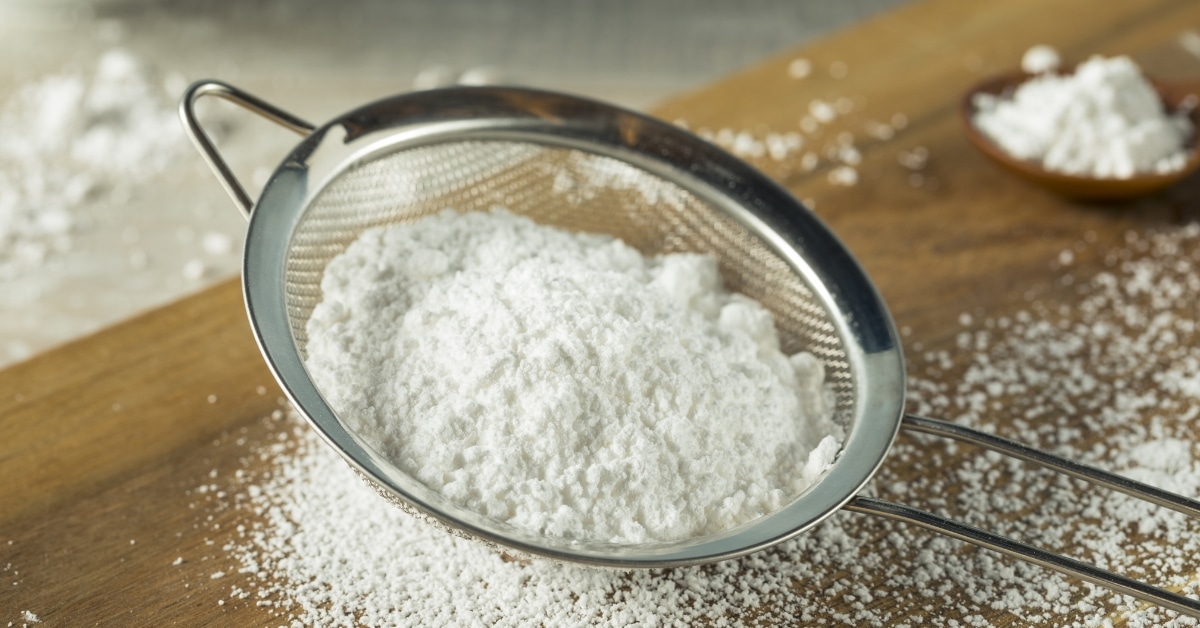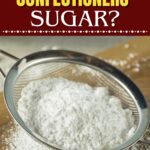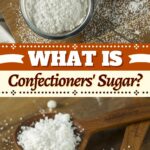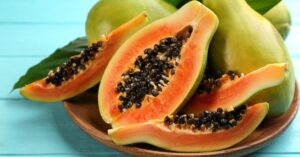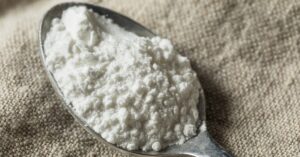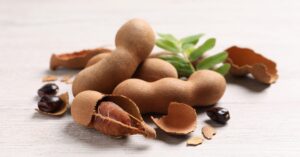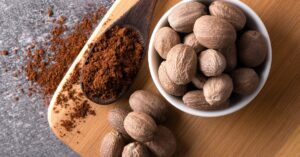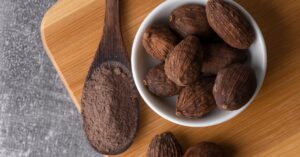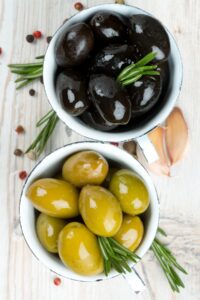While checking a dessert recipe, you may stop and wonder, “What is confectioner’s sugar?”
Don’t worry, it’s no big culinary secret! Confectioners’ sugar is simply another name for ‘icing sugar’ and ‘powdered sugar’.
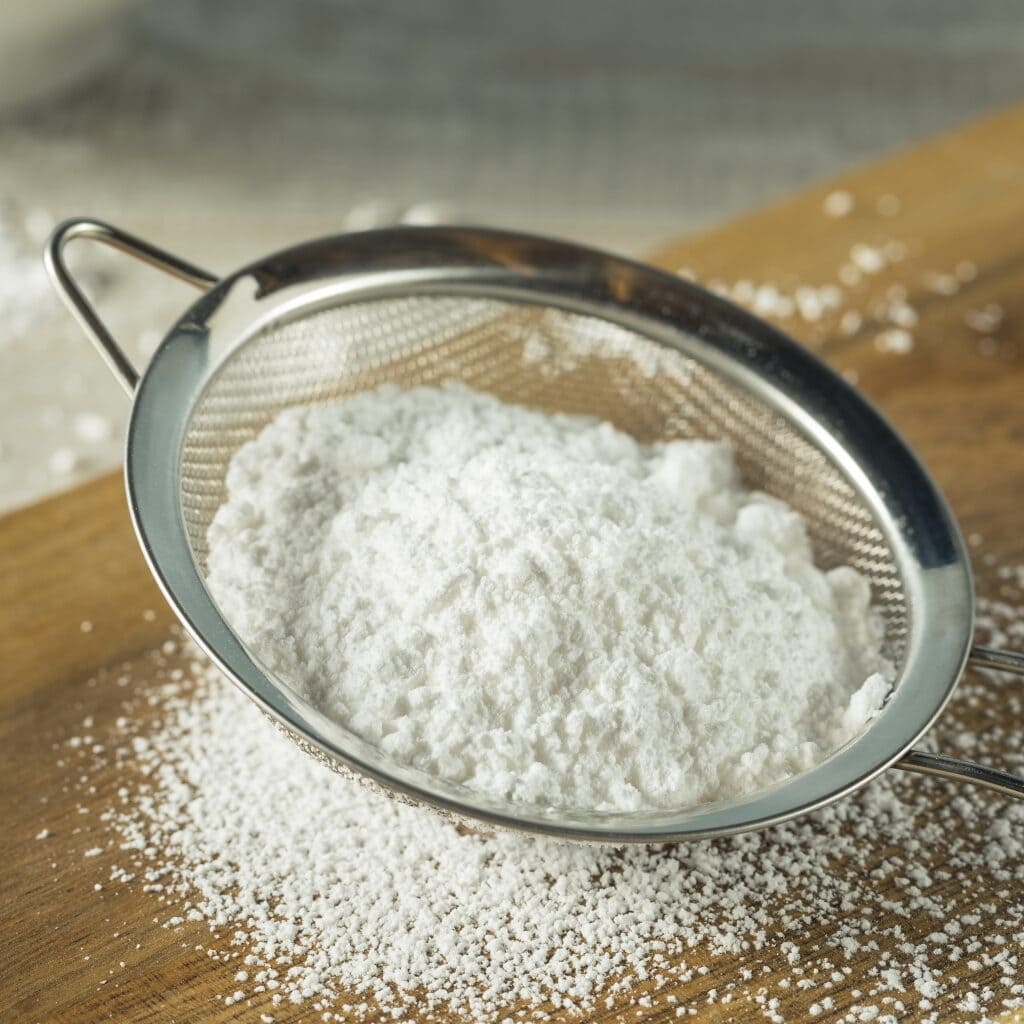
It’s essentially finely ground white sugar and is used in everything from frosting and sweet glazes to fudge and butter cookies.
Basically, anything that needs a smooth and creamy texture will benefit from it.
And let’s not forget the decorating possibilities. A dusting of confectioners’ sugar over coffee cake is to die for!
It’s like fairy dust for your desserts.
What Is Confectioners’ Sugar?
Confectioners’ sugar is simply finely ground granulated sugar. It’s usually also mixed with a small amount of cornstarch to prevent clumping.
It’s used primarily in baking and pastry-making, adding sweetness and texture to all kinds of desserts.
You might know it as ‘powdered sugar’ in the U.S., or ‘icing sugar’ in the U.K. and Canada.
Some folks even call it “10X sugar” because it’s milled ten times more than regular old granulated sugar.
But what makes confectioners’ sugar so special? For one, its fine texture means it dissolves easily.
This makes it perfect for dusting on top of cakes and pastries.
It’s also a key ingredient in buttercream frosting, giving it that wonderful velvety smoothness.
And let’s not forget the fun factor.
Confectioners’ sugar is a key player in all of your favorite childhood treats, from powdered donuts to funnel cakes.
There’s just something so satisfying about taking a bite of a freshly powdered pastry and getting a sugary dusting on your nose.

Is Confectioners’ Sugar the Same As Powdered Sugar?
Did you know that powdered sugar and confectioners’ sugar are actually the same thing? Yeah, it’s true!
The name “powdered sugar” is pretty straightforward, as it describes its physical appearance.
But “confectioners’ sugar” gets its name from the fact that it’s commonly used by candy makers.
But wait, there’s more! As I touched on before, in the UK and the Commonwealth, they call it “icing sugar.”
That’s because it’s often used to make frosting and icing.
And to add to the confusion, confectioners’ sugar is also known as 10X sugar. So, why the name 10X sugar, you ask?
Well, some people say that it’s because the sugar is milled multiple times (maybe 10 times?) to achieve its fine powder form.
Others believe that the “10” refers to the size of the sifting screen that the sugar passes through to get the perfect-sized powder.
Pretty interesting, huh?
Confectioners’ Sugar vs. Baker’s Sugar (What’s the Difference?)
One question that often comes up is, “What’s the difference between confectioners’ sugar and baker’s sugar?”
Well, let me break it down for you.
Baker’s sugar is basically just granulated sugar that has been ground into a very fine powder.
It’s used in recipes where you want the sugar to dissolve quickly and evenly, like in meringues or delicate cakes.
Confectioners’ sugar, as I mentioned before, is made by grinding granulated sugar into a fine powder.
A little bit of cornstarch is then added to prevent clumping.
This makes it perfect for making frostings and icings that need to be smooth and creamy.
So, the main difference between the two is that confectioners’ sugar has a little bit of cornstarch mixed in.
This gives it a different texture than baker’s sugar.
But both are great for adding sweetness and texture to your baked goods!
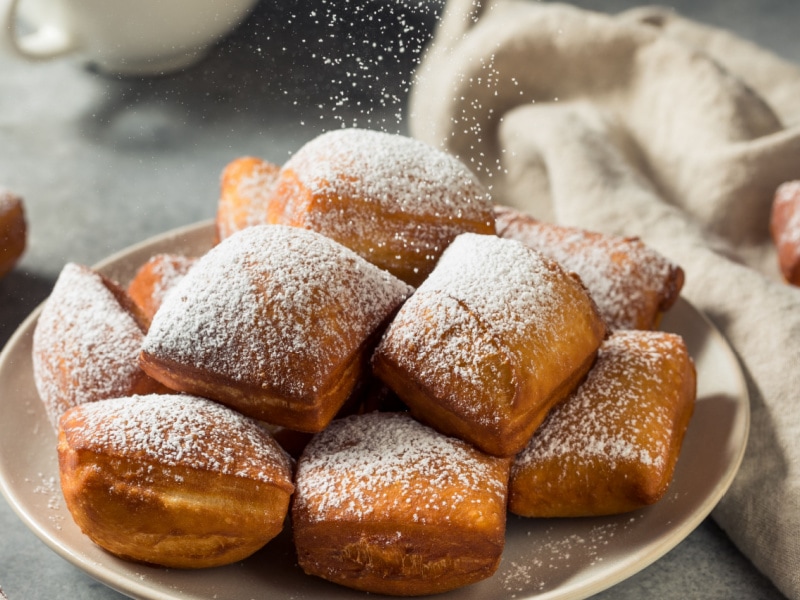
Confectioners’ Sugar Uses
Who knew that confectioners’ sugar could be so versatile?
This sweet stuff has so many uses, from topping off your cakes to adding a little sweetness to your drinks!
- Frosting and icing: Confectioner’s sugar dissolves quickly, giving your frosting and icing a silky smooth texture.
- Baked goods: It can also be used in a variety of baked goods like cookies, meringues, and fudge. Plus, it’s perfect for candy recipes that require superfine sugar.
- Decoration: Add a touch of sweetness and beauty to your baked goods by dusting confectioners’ sugar on top.
- Sweetener: Did you know that you can use powdered sugar as a sweetener for your favorite drinks? Just be sure to use powdered sugar that’s made with an alternative starch like arrowroot powder, as cornstarch can affect the taste.
- Substitute: You can substitute confectioners’ sugar for granulated sugar in baking recipes. Just use one and three-quarters cups of powdered sugar in place of every cup of sugar.
How to Cook With Confectioners’ Sugar
Confectioners’ sugar is the magic ingredient that adds sweetness and a wonderful texture to baked goods.
But did you know that there are some tips and tricks for getting the most out of it?
Here are some fun facts you might not know about confectioners’ sugar:
- Sift it: To make your confectioners’ sugar even fluffier and lump-free, sift it before you use it! This is especially important if you’re using organic or clumpy sugar.
- Measure it: To get the right amount of confectioners’ sugar for your recipe, use a dry measuring cup and spoon it in. Then, level it off with the back of a knife.
- Dust it: To add a finishing touch to your baked goods, dust them with confectioners’ sugar. Just put it in a fine-mesh strainer or a cinnamon-sugar shaker and shake it on top.
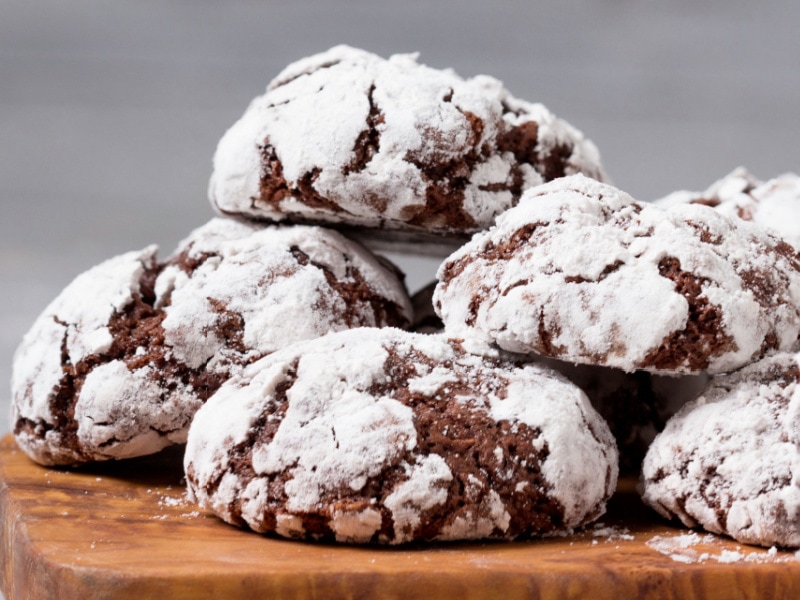
Confectioners’ Sugar Substitute
You can use granulated sugar in a pinch when a recipe calls for powdered sugar.
Candy and treats that need a smooth texture definitely require the recommended sugar.
But for things like cookies and cakes, you can get away with using confectioners’ sugar.
Just keep in mind that the recipe won’t turn out exactly the same.
It’ll still be sweet and delicious as long as you use the right amount.
Usually, it’s recommended to use 1 cup of granulated sugar for 1 3/4 cups of powdered sugar.
But for a more accurate substitute, weigh your ingredients.
For example, if a recipe calls for 1 cup of powdered sugar (4 ounces), use 4 ounces of granulated sugar.
If you’re out of powdered sugar altogether, don’t worry!
You can make your own by putting granulated sugar in a blender or spice grinder and pulsing until it’s a fine powder.
Commercial confectioners’ sugar has cornstarch added to prevent clumping.
But if you’re making your own and using it right away, that shouldn’t be a problem.
If you want to add cornstarch, use 1 tablespoon for each cup of confectioners’ sugar.
